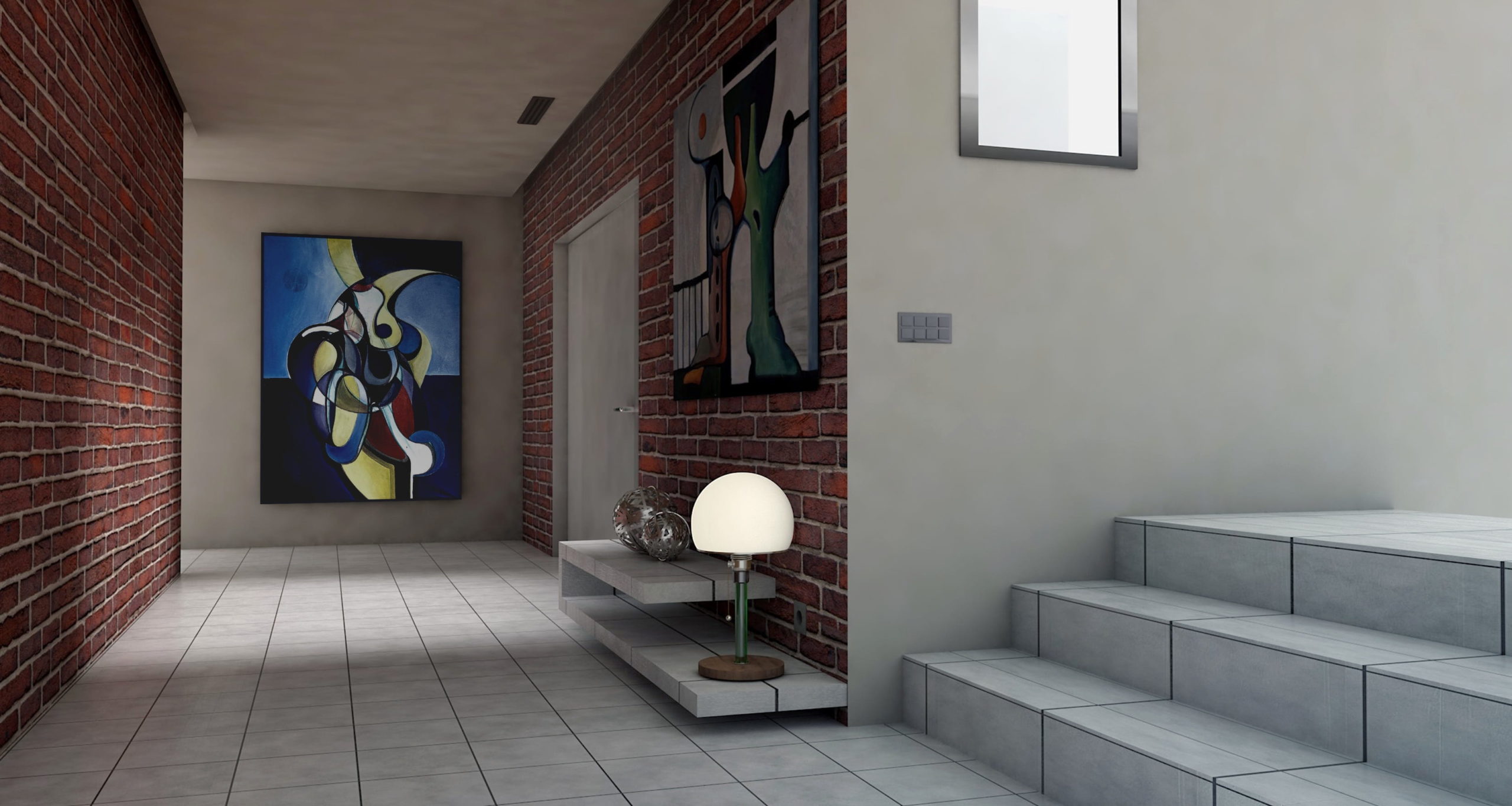
3D Virtual Spaces Galleries
A virtual gallery is a unique innovative concept, which became a reality due to intensive computer technology development over the past 3-5 years. The feature of a virtual gallery is that it is displayed on a website directly – no additional software is required. You only need to access the website where the gallery is displayed via browser. For the virtual gallery to function properly, the most optimal browser to use is the latest version Google Chrome on Windows 7 operating system or later.
The concept of virtual spaces technology came from the 360◦ photo technology. Due to this technology, spaces and rooms are photographed using special equipment to gain 360◦ image capturing. The result is practically a photosphere. After editing such a round photo, it can be posted on the Internet. The 360◦ photo technology is conceptually out-of-date. Moreover, this technology does not provide a presence effect, thus becoming nothing more than a common photo.
The situation is different regarding Virtual Spaces. Its main feature is that it allows the viewer to move directly around the virtual space. Based on the example of the Virtual Gallery, it is evident that the viewer becomes more a participant of the virtual space rather than just an observer. The viewer becomes an attendant of the Virtual Gallery; he can get closer to and further from any artwork, look at it in detail, become acquainted with the author and walk about the room. In brief, attending a Virtual Gallery is very similar to attending a real gallery. All the above allow to achieve an unprecedented sense of belonging, participation and vividness. A sense of personal presence appears due to the ability to move around the virtual space. The viewer begins to believe in the reality of the virtual space. In a Virtual Gallery the viewer can become acquainted with the whole art archive of a gallery, estimate the size of paintings and sense their volume.